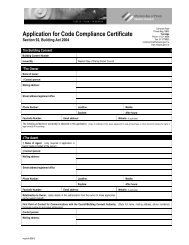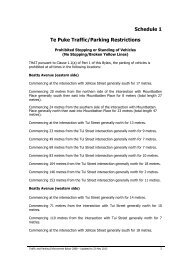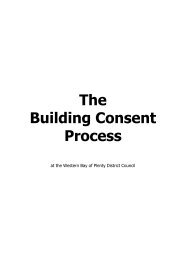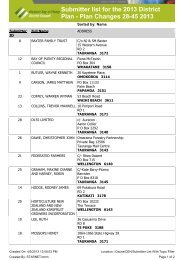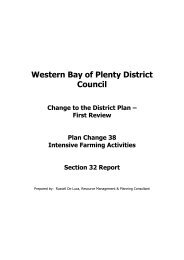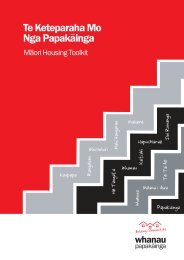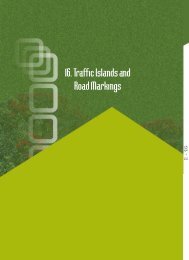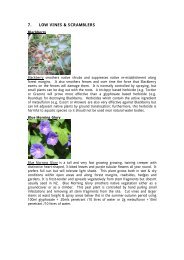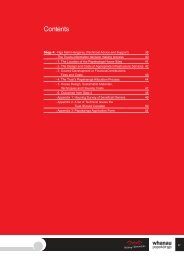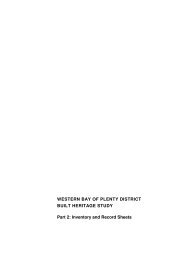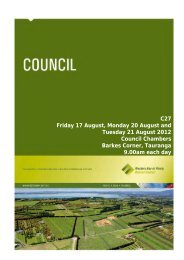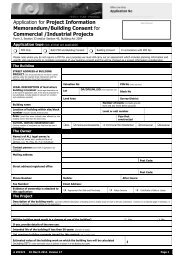Te Puna Plan - Western Bay of Plenty District Council
Te Puna Plan - Western Bay of Plenty District Council
Te Puna Plan - Western Bay of Plenty District Council
Create successful ePaper yourself
Turn your PDF publications into a flip-book with our unique Google optimized e-Paper software.
In days gone by, the rural area was predominantly a working environment and people living in the<br />
rural area did so generally because they worked in the rural area. In more recent years, the rural<br />
area’s role as a living environment has increased significantly, with large numbers <strong>of</strong> people choosing<br />
to live in rural areas because <strong>of</strong> the amenity qualities <strong>of</strong>fered (such as privacy, quietness, space,<br />
clean and green outlook, views) rather than its productive qualities.<br />
Now that we have an idea <strong>of</strong> what is rural character and a classification <strong>of</strong> <strong>Te</strong> <strong>Puna</strong> by geography<br />
and current land use, we can focus on what changes are likely to occur in the future and, more<br />
importantly, the impact these changes will have.<br />
While the rural area has become more diverse and complex, and more “built up” and populated, rural<br />
production remains <strong>of</strong> primary importance. The importance <strong>of</strong> rural production to the <strong>Western</strong> <strong>Bay</strong> <strong>of</strong><br />
<strong>Plenty</strong> sub-region is such that when the rural sectors enjoys good times (such as in recent years), the<br />
flow-on, or multiplier, effects are such that the benefits are received throughout the sub-region.”<br />
What is <strong>Te</strong> <strong>Puna</strong>’s essential character?<br />
The community workshops in <strong>Te</strong> <strong>Puna</strong>, combined with the input from the community steering group,<br />
provided the “locals perspective” on <strong>Te</strong> <strong>Puna</strong>’s essential character.<br />
Overall, the following feedback on essential character was obtained:<br />
Retain/Maintain<br />
current rural nature including amenity, ambience, road berms, land use mix and Maori character<br />
recreation and open space<br />
village atmosphere<br />
rural roads with wide road reserves<br />
horticultural and iconic landmarks<br />
Improve<br />
recreation and open space<br />
Create<br />
planned approach to development<br />
good access to reserves, open space and waterways<br />
good water quality in harbour and estuaries<br />
no more industrialisation.<br />
Given the significant variety <strong>of</strong> activities and landforms within <strong>Te</strong> <strong>Puna</strong>, a ‘finer’ definition <strong>of</strong> the area<br />
into sub-areas was required to assist future decision making.<br />
While the general attributes <strong>of</strong> rural character appear international, a finer definition is required to be<br />
useful. Defining <strong>Te</strong> <strong>Puna</strong> into sub-areas based mainly on land use has helped to better reflect the<br />
nature <strong>of</strong> this complex community while community feedback has provided a direction as to overall<br />
character values considered important.<br />
<strong>Te</strong> <strong>Puna</strong> Community <strong>Plan</strong> March 2007 Page 30



